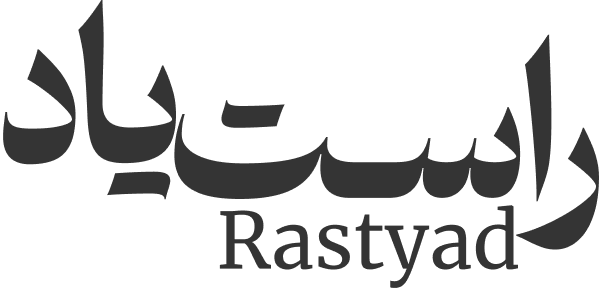Welcome to Rastyad! On the occasion of the 41st anniversary of the 1981 massacre, Rastyad Collective launches the first online database concerning the most extensive atrocity crime that was committed by the Iranian regime after the Iranian Revolution. Rastyad Collective documents for the first time the personal details of more than 3500 victims of the 1981 Massacre based on official legal statements, first-hand photographic evidence, empirical findings, and geolocation data.
Summary
The 1981 massacre is the most extensive mass atrocity crime that was committed by the Islamic Republic of Iran after the 1979 revolution. This atrocity crime, however, has received insufficient legal and political attention at both national and international levels. Rastyad Collective aims to shed light on the nature and scope of mass execution of political opponents which was carried out by the Iranian regime between June 1981 and March 1982. This research draws on archival material, geolocation techniques and empirical evidence that were collected during fieldwork. Rastyad’s fieldwork consists of a case study relating to individuals who were executed in the city of Tehran and focuses on the largest cemetery of the city, Behesht-e Zahra. This study identifies and verifies the personal details of approximately 1000 individuals who were executed in Tehran, between June 1981 and March 1982. In addition, Rastyad Collective investigates two demolished mass graves within Tehran’s cemetery, which contain the remains of hundreds of political dissidents.
To map the extent and scope of the 1981 massacre on a national level, this study examines various archival materials, such as state-run newspapers, lists provided by political organizations, and information offered by different human rights organizations. Specifically, this study analyses legal statements and press releases published in three major state-run newspapers. This archival research allows us to identify more than 2800 political dissidents in 85 cities whose execution was confirmed by the Islamic Revolutionary Courts, referring to show trials and summary executions. In view of this fieldwork and archival research, Rastyad offers an online database containing the personal details of more than 3500 victims of the 1981 massacre. This study contains a list of alleged perpetrators who were involved in the mass killing of opponents during the 1981 massacre. Most perpetrators currently hold high-ranking judiciary and political positions. Consequently, it will be suggested that this massacre could be regarded as a mass atrocity crime that requires appropriate legal investigation.
Behesht-e Zahra’s Database
This research draws on archival material, geolocation techniques and empirical evidence that were collected during a fieldwork. Rastyad’s fieldwork consists of a case-study relating to individuals who were executed in the city of Tehran and focuses on the largest cemetery of the city, Behesht-e Zahra. In Behesht-e Zahra, Rastyad Collective has carefully examined five sites (officially called ‘sections’) where most victims of the 1981 massacre were buried. By checking all available information inscribed on gravestones (including names, burial dates, age, and coordinates), Rastyad has identified and documented personal details of about 1000 individuals who were executed between June 1981 to March 1982. This information has been archived in an online-database. For Behesht-e Zahra’s online-database click here! (Only available in Persian)
Nationwide Executions
In order to map the extent and scope of the 1981 massacre on a national level, this study examines various archival material, such as state-run newspapers, lists provided by political organisations, and information offered by different human rights organisations. This study analyses legal statements and press releases published in three major state-run newspaper. This archival research allows us to identify more than 2800 political dissidents in 85 cities whose execution was confirmed by the Islamic Revolutionary Courts, referring to show trials and summary executions. For the online-database click here! (Only available in Persian)
List of perpetrators
This study contains a list of alleged perpetrators who were involved in the mass killing of opponents during the 1981 massacre. Most perpetrators hold, currently, high-ranking judiciary and political positions. For a selected list of perpetrators click here! (Only available in Persian)
Interactive Map of the 1981 Massacre
The following interactive map provides an overview of more than 3500 political executions which were carried out by the Iranian regime between June 1981 and March 1982. This information is based on official legal documents published in different archives, including state-run newspapers.
